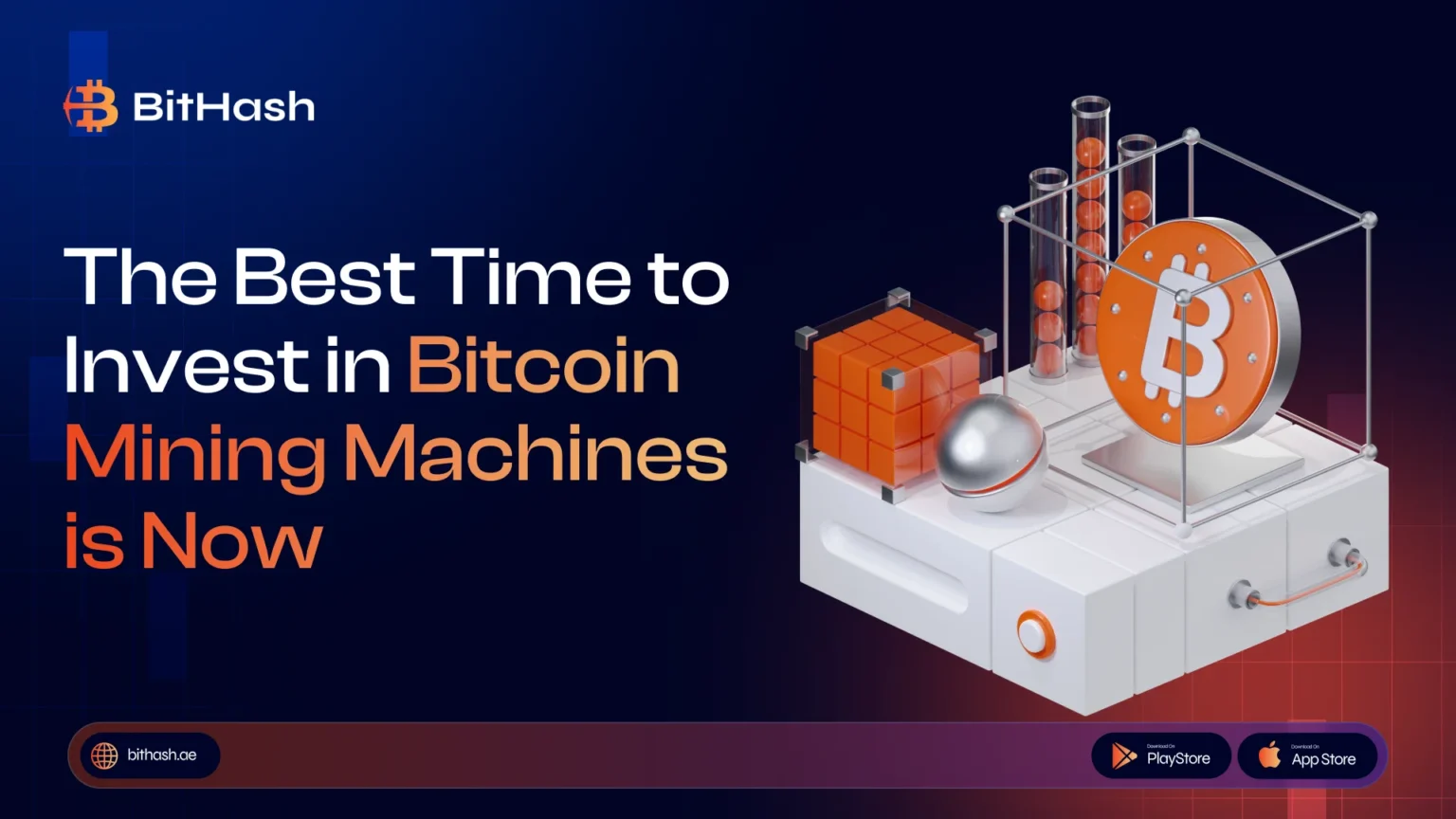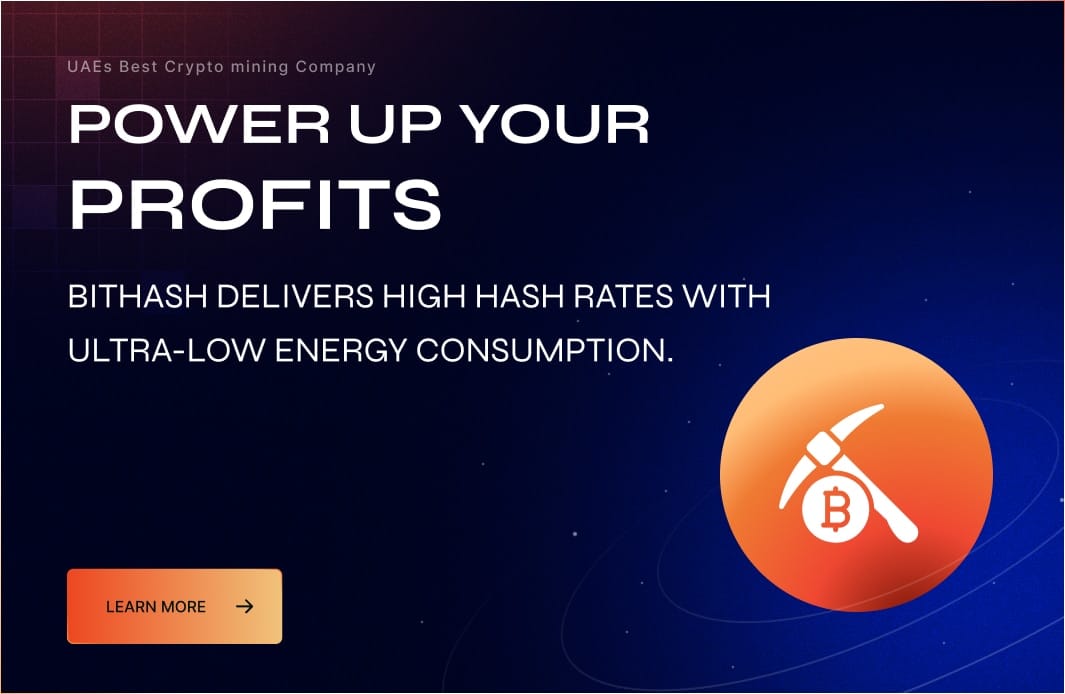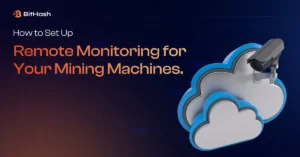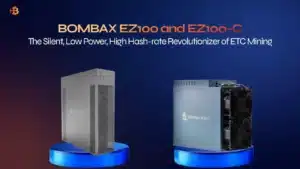Bitcoin (BTC) continues to lead the digital currency revolution, maintaining its position as the most dominant and widely recognized cryptocurrency. As we move through 2025, the landscape for Bitcoin mining has evolved significantly, offering investors and miners a prime opportunity to enter or expand their operations. With increasing institutional support, cutting-edge advancements in mining hardware, and a more stable regulatory environment, the conditions for investing in Bitcoin mining machines have never been more favorable.
Recent developments, including political endorsements, corporate adoption, and the resolution of long-standing market pressures, have contributed to Bitcoin’s price recovery and renewed investor confidence. At the same time, the release of next-generation ASIC miners has dramatically improved mining efficiency, enabling higher profitability with lower energy consumption.
Whether you’re a seasoned miner or exploring the space for the first time, 2025 offers a rare alignment of technological innovation and market momentum. From hydro-cooled rigs to immersion systems, the diversity of mining hardware now available allows for tailored setups across various environments and scales.
This blog explores why now is the ideal time to invest in Bitcoin mining machines, the latest hardware options, and how to maximize returns in the evolving crypto economy.
Bitcoin’s Market Momentum and Institutional Support
Bitcoin’s recent price surge has reignited interest across the crypto ecosystem, especially within the mining sector. This upward momentum is not just a result of market speculation; a combination of political endorsements, corporate adoption, and the resolution of long-standing market pressures is driving it. Together, these factors are creating a robust and sustainable environment for Bitcoin mining profitability in 2025.
Key Drivers of Mining Momentum
Here are the key drivers of Mining Momentum
- Political Endorsements Influential global leaders are increasingly recognizing Bitcoin as a strategic financial asset. Their public support is helping legitimize Bitcoin on the world stage, encouraging regulatory clarity and fostering a more stable investment climate. This political backing is also attracting institutional capital and infrastructure development, both of which benefit the mining industry directly.
- Market Stabilization: Several major events that previously contributed to market volatility are now resolving. The long-awaited repayment process stemming from the Mt. Gox case is underway, reducing fears of a massive sell-off. Additionally, government-led liquidations of extensive Bitcoin holdings have already occurred, easing downward pressure and allowing the market to stabilize. This creates a more predictable environment for miners to plan and invest.
- Corporate Adoption Leading companies across tech, finance, and retail sectors are integrating blockchain technology and exploring crypto-based solutions. From launching stablecoins to accepting Bitcoin payments, these initiatives signal growing mainstream acceptance. As corporate interests grow, so does the demand for secure, decentralized networks, making Bitcoin mining a critical component of future infrastructure.
Technological Advancements in Mining Hardware
The evolution of Bitcoin mining hardware has reached a new peak in 2025, with modern ASIC (Application-Specific Integrated Circuit) miners offering unmatched performance, reliability, and energy efficiency. These machines are purpose-built to execute the SHA-256 algorithm, which powers Bitcoin’s Proof-of-Work consensus mechanism. As a result, they deliver superior computing power while minimizing operational costs, making mining more profitable and accessible to a broader range of users.
Key Hardware Innovations Driving Efficiency
- Higher Hash Rates: The latest ASIC models are engineered to deliver significantly higher hash rates, allowing miners to process more transactions and earn block rewards faster. This increased computational power is essential for staying competitive as network difficulty rises.
- Energy Efficiency: Power consumption is one of the most critical factors in mining profitability. New-generation miners are designed to consume less electricity per terahash, reducing overhead costs and improving ROI. This makes them ideal for both large-scale operations and smaller setups in regions with moderate energy pricing.
- Advanced Cooling Technologies: Efficient thermal management is vital for maintaining performance and extending hardware lifespan. Two major cooling innovations include:
- Hydro Cooling: Uses liquid-based systems to regulate temperature in high-load environments, ensuring stable performance even under intense workloads.
- Immersion Cooling: Submerges mining rigs in non-conductive fluids, enabling superior heat dissipation and higher performance without the risk of overheating.
These advancements not only improve mining efficiency but also open the door to more sustainable, scalable operations. Whether you’re managing a mining farm or starting with a single rig, modern ASIC miners offer the tools needed to succeed in today’s competitive Bitcoin mining landscape..
Mining Machines for Every Environment
Modern Bitcoin mining rigs are designed with adaptability in mind, allowing miners to tailor their setups based on geographic location, climate conditions, and operational scale. This flexibility is essential for optimizing performance, managing heat, and maximizing profitability across diverse mining environments.
Mining Setup Options
- Air-Cooled Units: These are the most traditional and widely used mining rigs, ideal for regions with moderate climates and stable indoor temperatures. Air-cooled miners use fans to dissipate heat and are well-suited for small-scale operations or home-based setups. They offer a cost-effective entry point into Bitcoin mining with minimal infrastructure requirements.
- Hydro-Cooled Rigs: Designed for industrial-scale mining farms, hydro-cooled systems use liquid-based cooling to maintain optimal operating temperatures. These rigs are perfect for high-density environments with substantial heat output. Hydro cooling improves energy efficiency, reduces component wear, and enables sustained high performance under heavy workloads.
- Immersion-Cooled Systems: These advanced setups submerge mining machines in non-conductive liquids, offering superior heat dissipation and noise reduction. Immersion cooling is ideal for large-scale operations aiming to push hardware to its limits without overheating. It also extends the lifespan of mining equipment and enables higher hash rates in compact spaces.
By choosing the proper cooling and setup strategy, miners can significantly improve operational efficiency and ROI. Whether you’re mining in a garage or managing a warehouse-sized farm, today’s hardware offers scalable solutions to meet your needs.
Profitability and ROI in 2025
The 2024 Bitcoin halving has reshaped the mining landscape by reducing block rewards from 6.25 BTC to 3.125 BTC. This shift has made mining more competitive, placing a premium on efficiency and strategic planning. In 2025, profitability is no longer guaranteed; it must be earned through smart investments in hardware, energy, and infrastructure.
Key Profitability Factors
- Efficient ASICs: The latest generation of ASIC miners is engineered for maximum performance with minimal energy consumption. These machines deliver higher hash rates per watt, allowing miners to generate more Bitcoin while keeping operational costs low. Faster ROI is achievable when using high-efficiency rigs that can handle increased network difficulty without compromising output.
- Low Electricity Costs: Electricity remains one of the most significant expenses in mining operations. Miners located in regions with cheap power, such as parts of Asia, Eastern Europe, or areas with abundant hydroelectric energy, enjoy significantly higher profit margins. Choosing the correct location can make the difference between breaking even and thriving.
- Renewable Energy Integration: Sustainability is becoming a core focus in crypto mining. Many operations are now turning to renewable energy sources like solar, wind, and hydro to power their rigs. Not only does this reduce long-term costs, but it also aligns with global environmental standards and improves public perception of mining practices.
By optimizing these factors, miners can navigate the post-halving environment with confidence and maintain profitability in a more competitive ecosystem.
Final Thoughts:
In my eyes, 2025 isn’t just a good time to invest in Bitcoin mining; it’s arguably the best time we’ve seen in years. The convergence of powerful new ASIC hardware, a recovering Bitcoin price, and growing institutional support creates a rare window of opportunity. Miners who act now can position themselves ahead of the curve, leveraging efficient rigs and strategic setups to maximize returns.
What makes this moment unique is the balance between innovation and stability. The market has matured, the technology is more accessible, and the infrastructure is ready for scale. Whether you’re building a mining farm or starting with a single unit, the tools and conditions are in your favor.
Plus, investing in mining isn’t just about profit; it’s about contributing to the backbone of Bitcoin’s decentralized network. Every miner strengthens the system, making it more secure and resilient.
Waiting could mean missing out. The next wave of growth is already forming, and those who invest wisely today will reap the rewards tomorrow.





